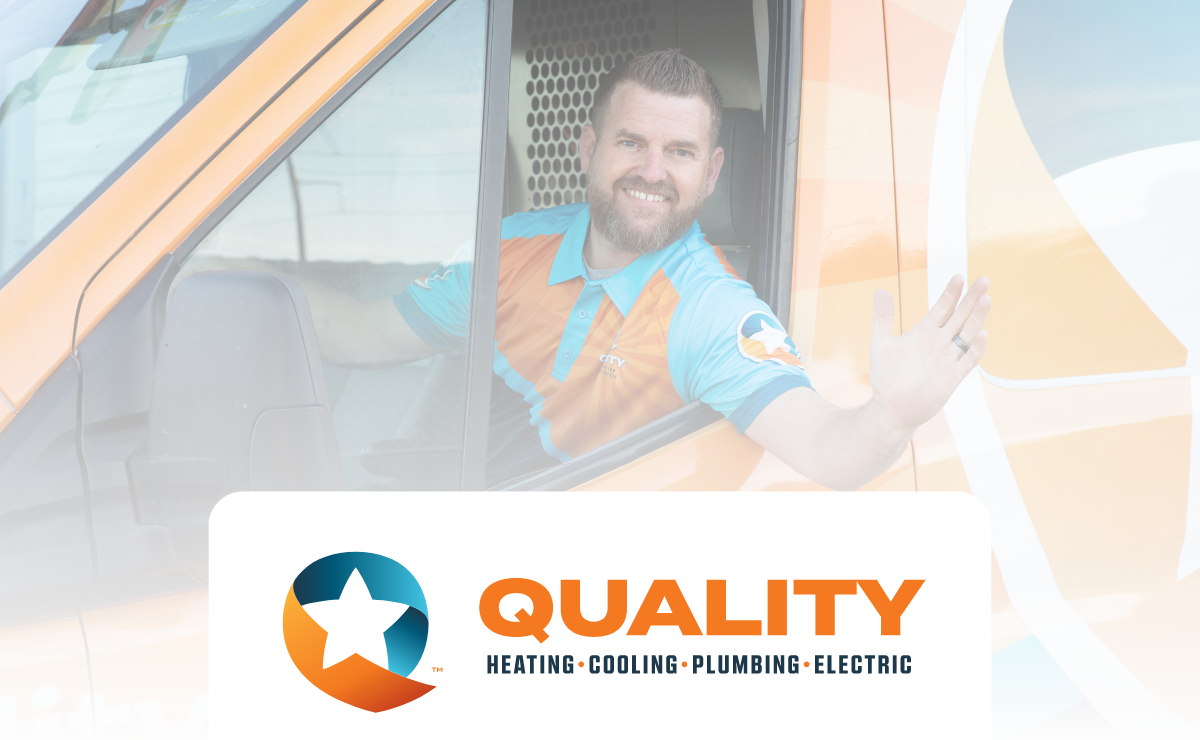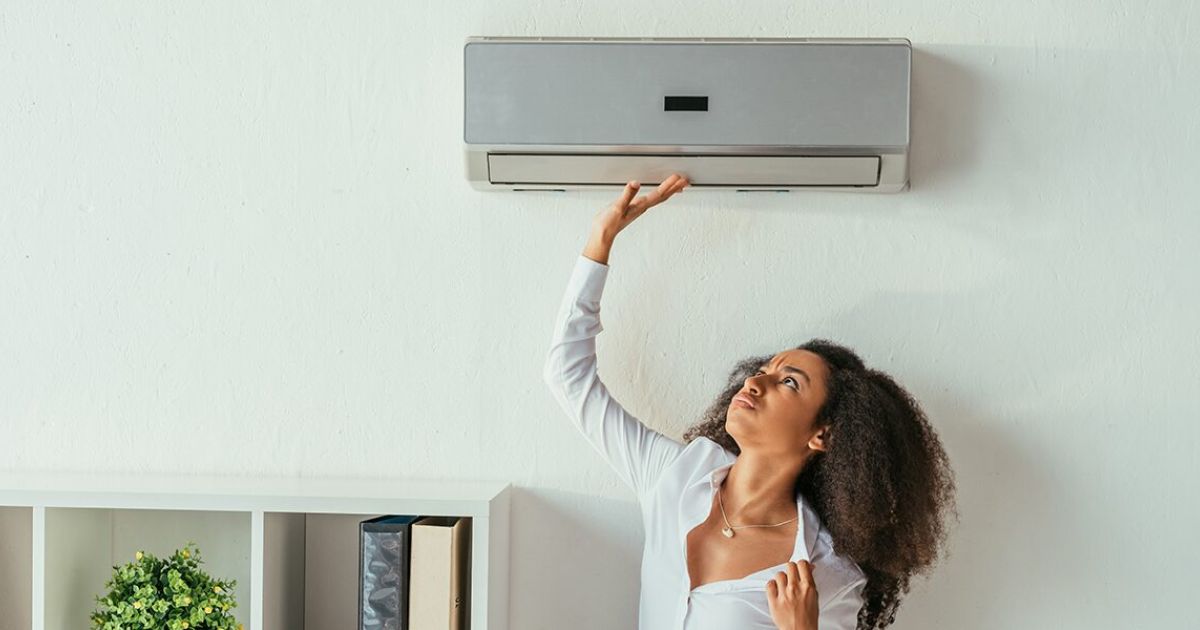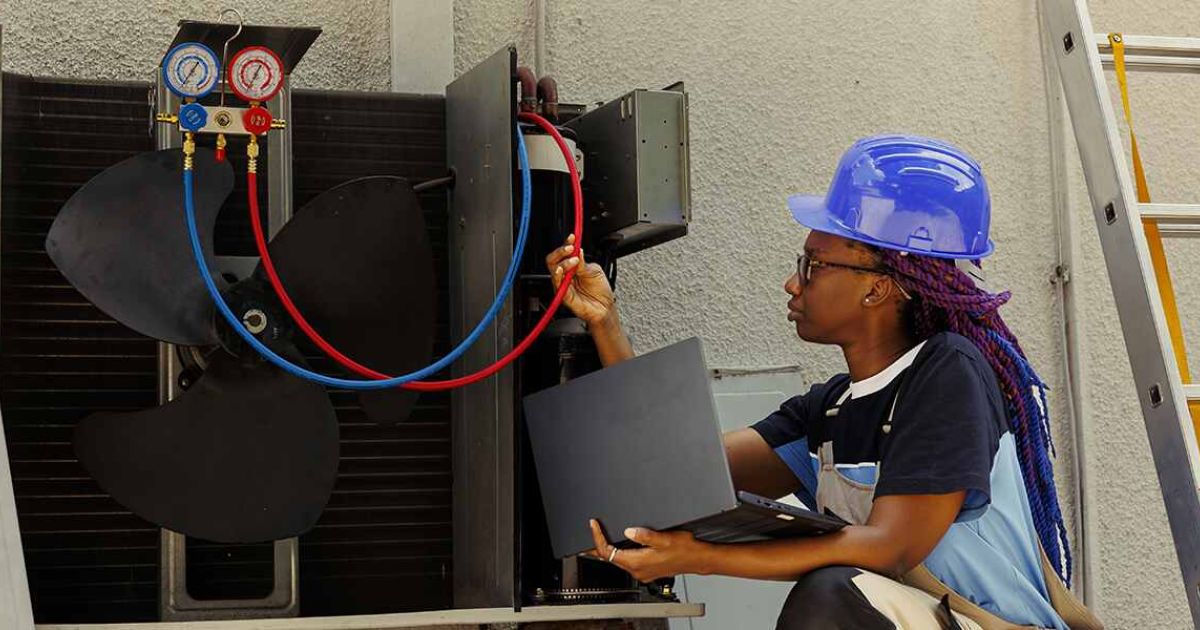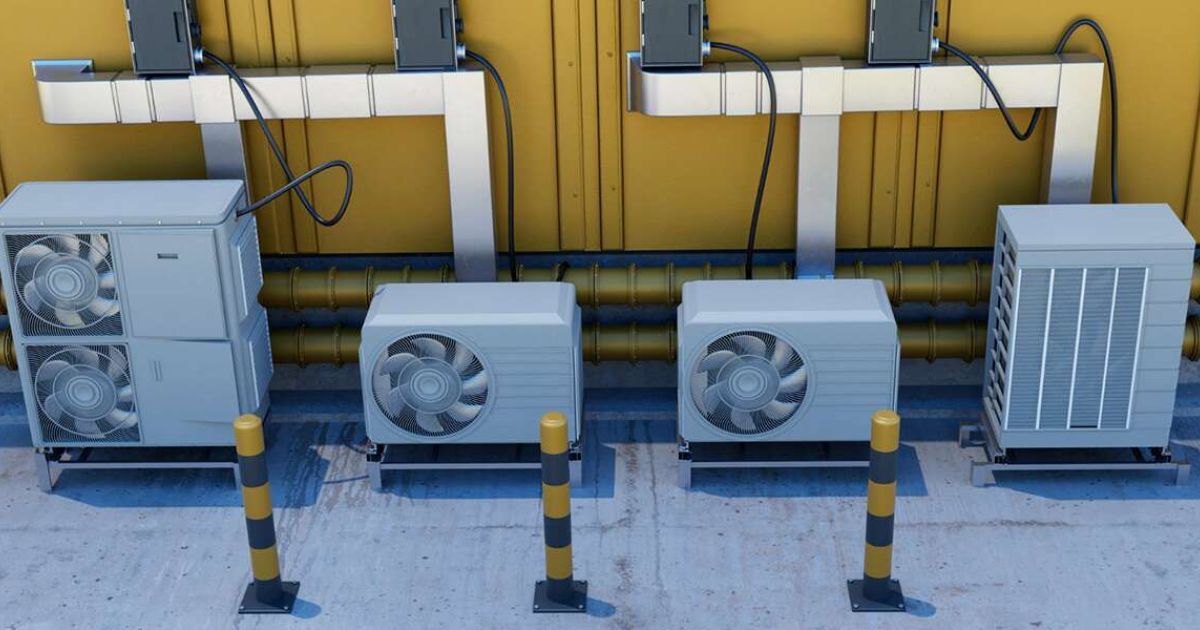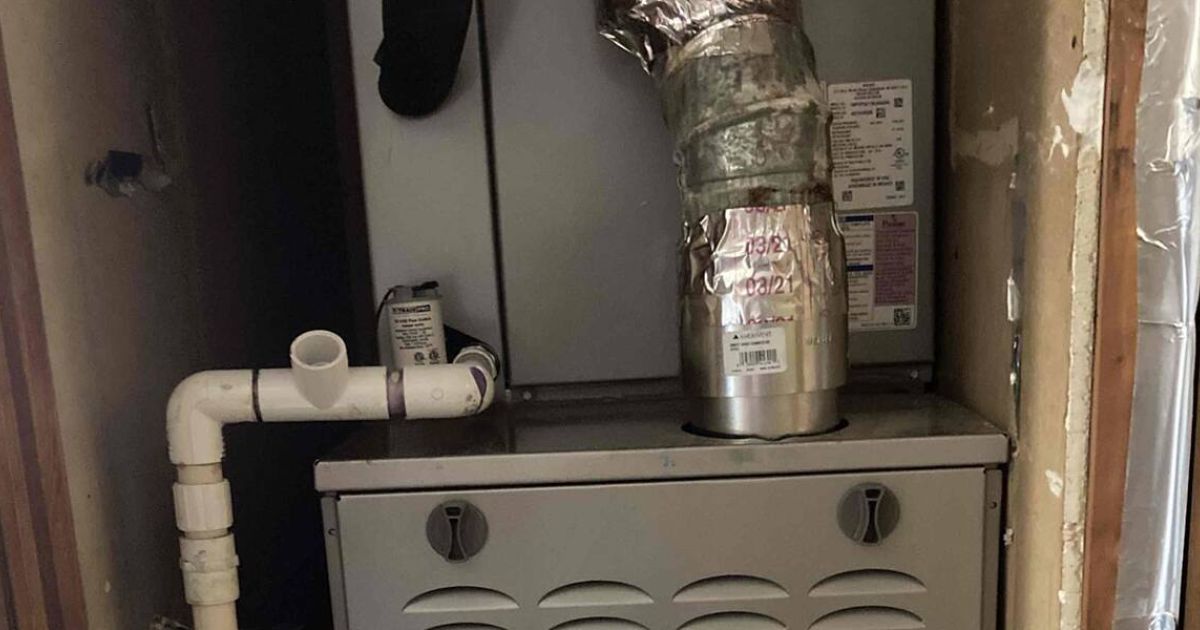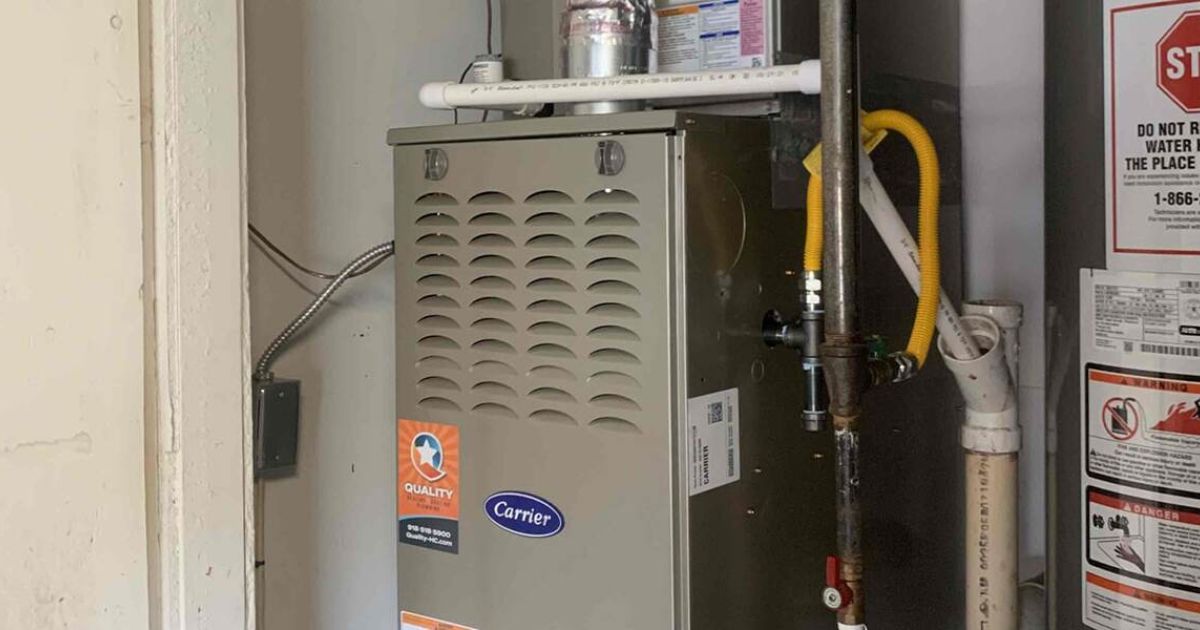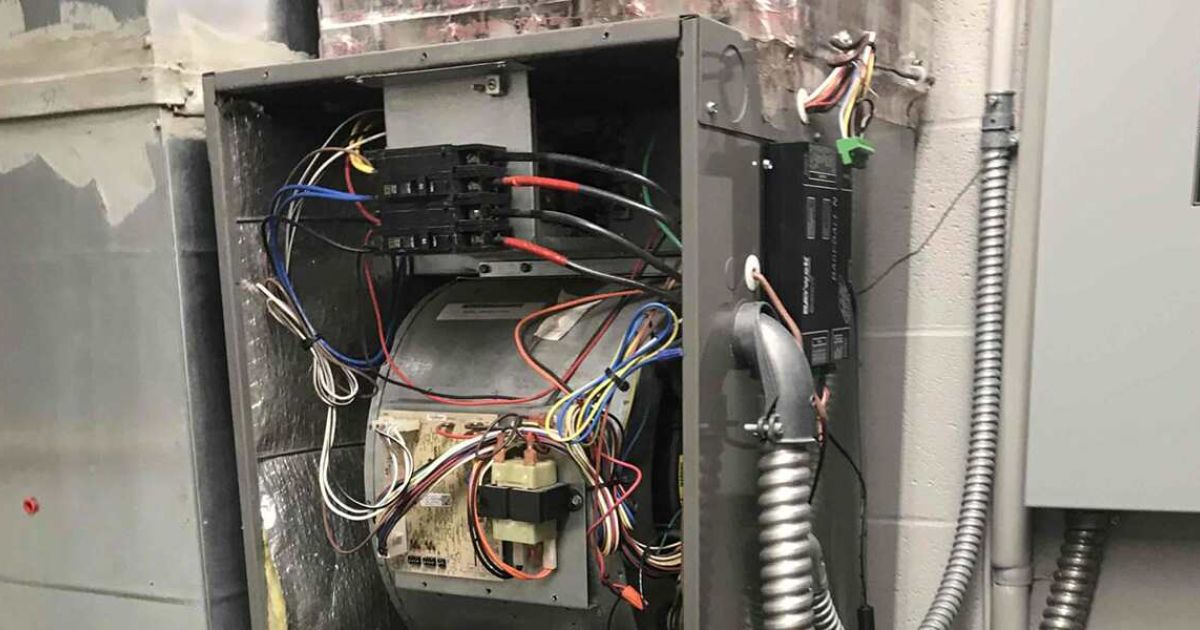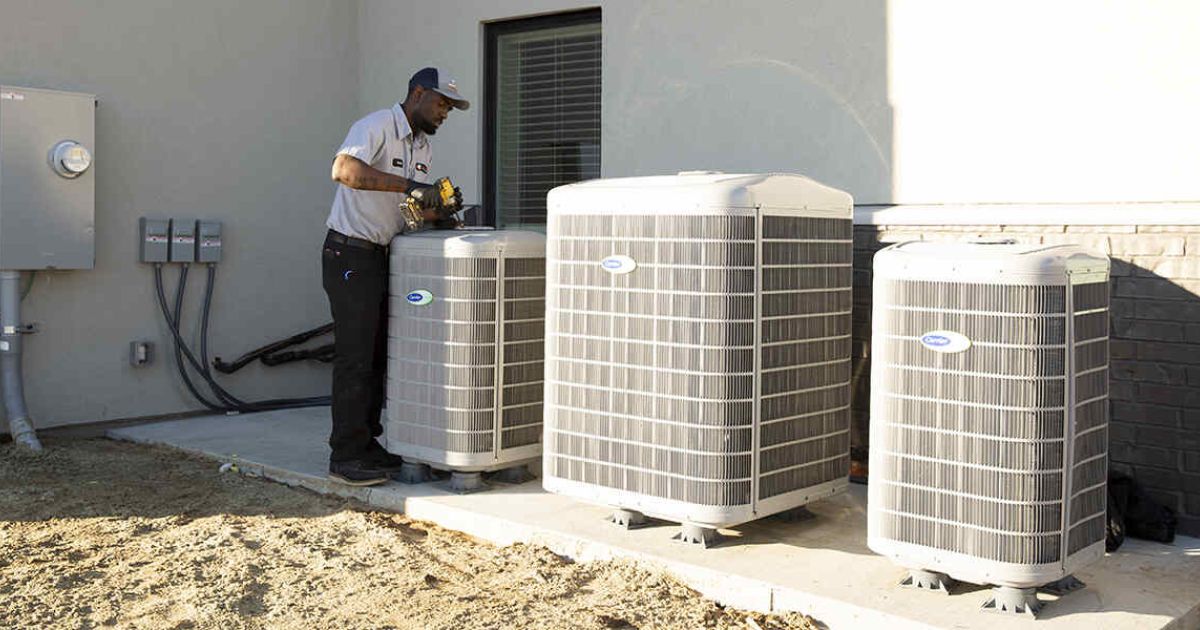
Ensure your HVAC’s energy efficiency with air balancing from Quality Heating, Cooling & Plumbing. Request your appointment today!
One of the most frustrating aspects of relying on an HVAC system to keep indoor temperatures comfortable is discovering hot and cold spots inside your home. These uneven temperatures could be due to an unbalanced heating and cooling unit, so learning how to balance an HVAC system is integral to your comfort and energy consumption.
Ideally, an HVAC system will undergo air balancing during its installation. Yet, loose damper settings or a change in heating and cooling needs could result in an imbalance, leaving one or more rooms feeling less comfortable than others.
Learn more about HVAC air balancing with these tips from a trusted heating and cooling company in Tulsa, OK, below.
Understand the Importance of Balancing an HVAC System
If you have an unbalanced HVAC system, you won’t experience consistent temperatures throughout your home. Air balancing HVAC systems that use ducts to transport air also have thermometer sensors that ensure each room gets the right amount of heated or chilled air to maintain a consistent temperature.
Though comfort is a top benefit of balancing an HVAC unit, the process also improves indoor air quality. As air circulates through the system, its filter catches airborne contaminants like pollen, dust, and pet dander. Air becomes cleaner faster when the HVAC system circulates air at its proper rate.
You should also balance your HVAC system to improve its functionality and longevity. When these systems operate at peak performance, they aren’t likely to develop premature wear and tear from an undue strain on their components. They won’t have to work harder to produce and maintain temperatures, so you’ll spend less time and money on HVAC repairs.
Have the Right Documentation
The first step in learning to balance an HVAC system is having the right documentation to tell you how the system should perform. HVAC technicians refer to various pieces of information to help them make essential adjustments like:
- Air duct layouts
- Duct design calculations
- Control documentation
- Equipment specs
Not all homeowners have this information, especially if they weren’t responsible for their existing HVAC system’s installation. If you don’t have documentation, create a sketch of the air duct system with a tracking chart showing the airflow of every inlet and outlet.
Make Sure Your System Is Running Under Its Design Conditions
When your HVAC unit runs, it should operate within its design parameters or be as close to them as possible. To determine whether your unit meets its design conditions, open all volume and splinter dampers and check the fan speed. Then, ensure the air pressure is within its design parameters with a static pressure reading.
You also want to ensure the HVAC unit’s accessories, like its air filter, are in place. With the air filter, ensure it’s clean to maximize airflow.
Record Airflows on All Supply Outlets
When measuring the system’s airflow, a vane anemometer makes the task a snap. Use the tool on every inlet and outlet and document them. If you have a sketch of your air duct system, you can record the readings there to compare them to previous readings, if applicable.
Adjust Dampers
Depending on the airflow readings, you may need to adjust the balancing dampers on certain outlets. Each damper has a wingnut you can use to open the dampers in branch ducts.
Keep recording airflow and adjusting dampers until the outlets with the most airflow are within 10% of the HVAC system’s design.
Get Professional Help With Air Balancing Your HVAC Unit
Despite knowing how to balance an HVAC system, it’s a job you should leave to the professionals. Experienced HVAC contractors have the expertise to adjust the system to ensure optimal performance throughout the property. They also have access to professional tools like hygrometers for checking humidity and manometers for taking static pressure readings.
Professional air balancing is also ideal over DIY attempts because technicians can quickly identify other reasons your system might not perform optimally. For example, they can install new dampers if the existing ones are faulty or damaged.
Follow Best Practices for HVAC Air Balancing
You can improve your HVAC system’s performance by not putting furniture near vents. Anything that impedes airflow through the HVAC unit will cause uneven heating and cooling throughout the house and excessive energy consumption. Furniture, bookcases, and other structures should be at least 18 inches from floor vents and wall registers.
It’s also helpful to keep electronic equipment away from your thermostat. Electronics produce heat, which can trick the thermostat into triggering the heating and cooling system, forcing it to turn on or shut off prematurely. Televisions and computer monitors are the biggest culprits of this problem that people often overlook.
Finally, you should maintain your HVAC system properly to keep everything running smoothly. All components must work together to maximize the system’s output without consuming excessive energy.
Proper maintenance includes changing your air filter at least once per season, or monthly if you have pets or allergies. Dirty air filters restrict airflow, causing debris to accumulate inside your heating and cooling equipment and dropping the indoor air quality.
Professional HVAC maintenance is also essential because technicians will inspect your home’s air ducts for leaks and damage. Air duct leaks are a common element in uneven heating and cooling inside a building, so routine duct inspections are a must to ensure that heated and chilled air reaches all rooms accordingly.

Get the Best HVAC Care From Tulsa’s Top HVAC Company
Now that you know how to balance an HVAC system, let Quality Heating, Cooling & Plumbing’s professional technicians give your equipment the care it deserves. As Tulsa, OK’s top heating and cooling company, our local, well-trained crew has years of experience providing reliable HVAC services. Whether you need to repair your AC or install a surge protector for your HVAC, we’re the company to call.
Request your appointment with Quality Heating, Cooling & Plumbing at (918) 262-5245.

Cassie Pound is the Vice President of Quality Heating, Cooling, Plumbing & Electric with locations in Tulsa, Glenpool, and Bartlesville, Oklahoma.

